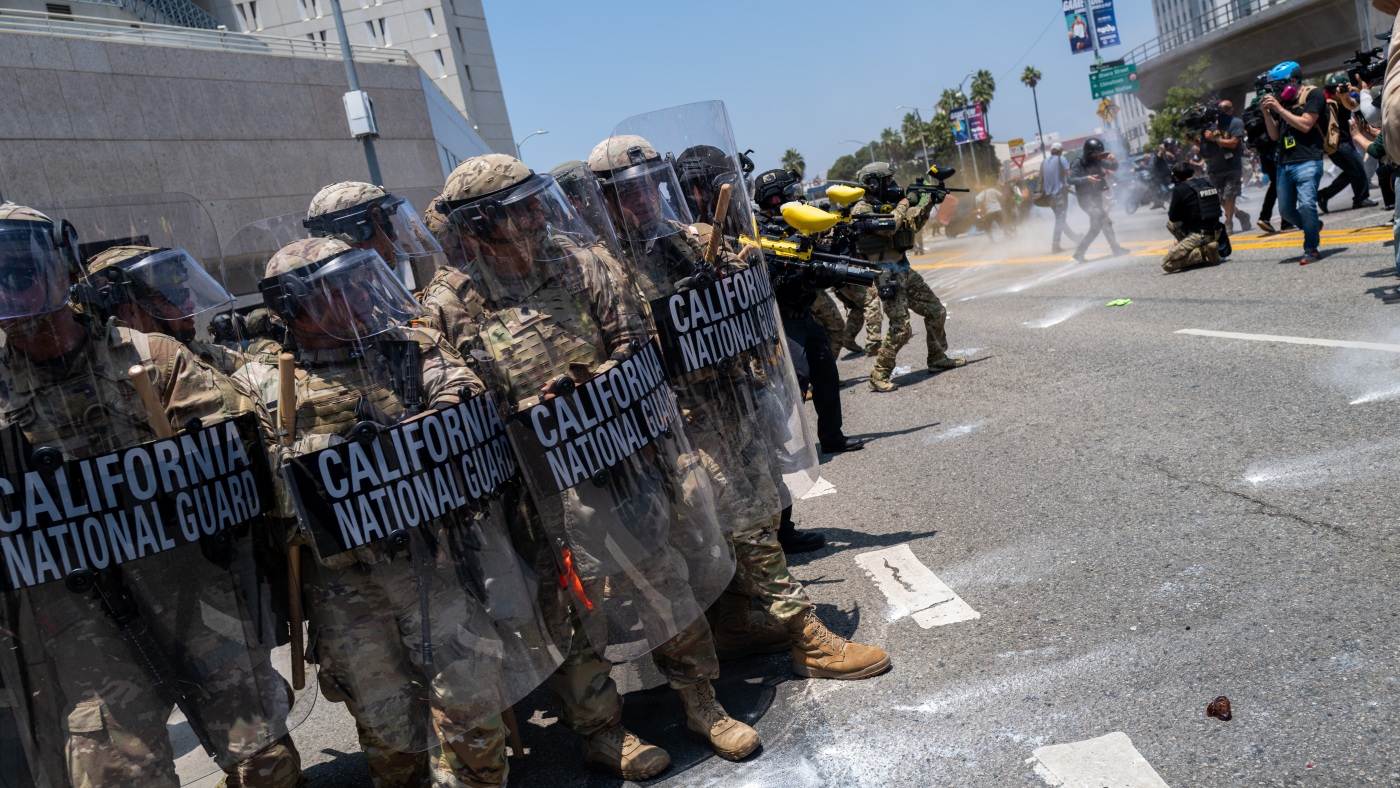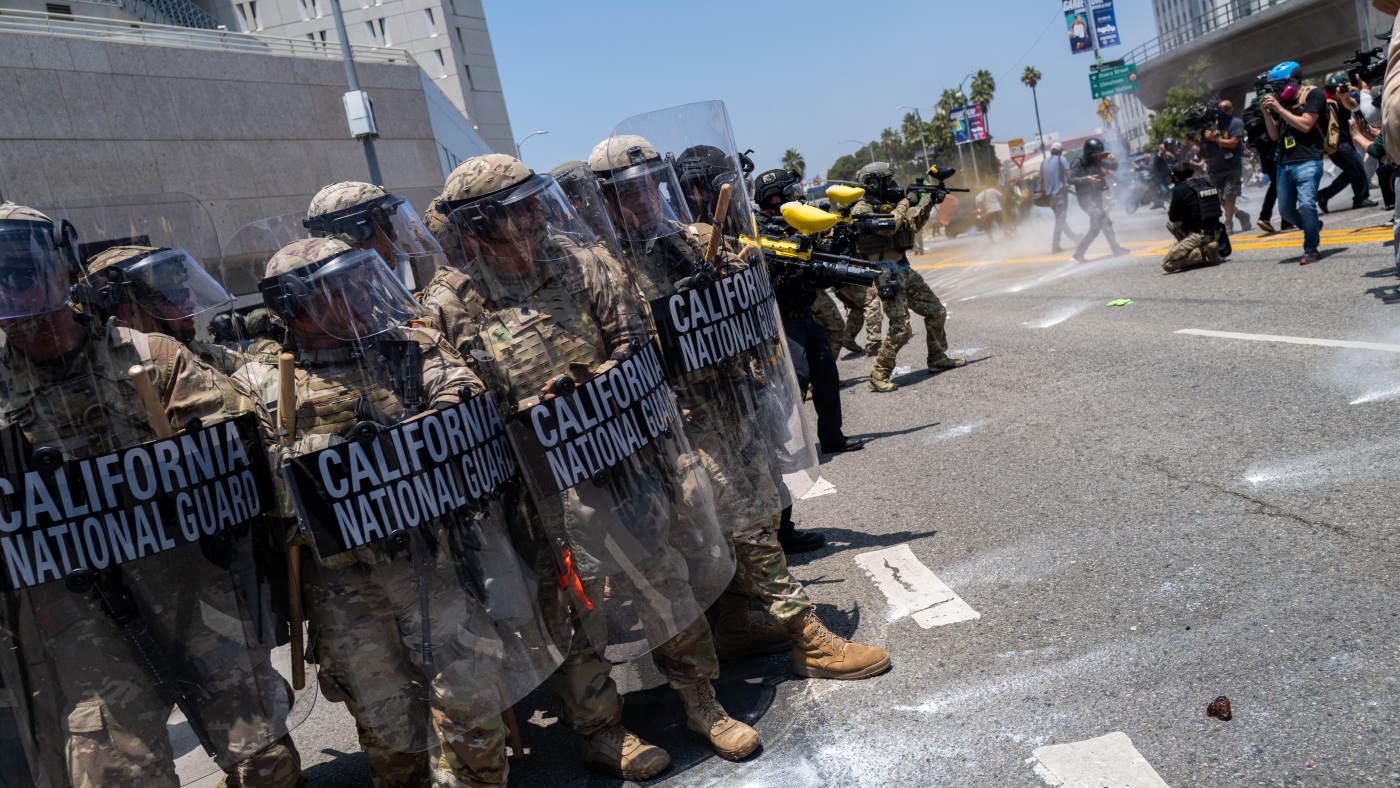Navigating the Complexities of Military Deployment Amid Social Unrest
The deployment of military forces in Los Angeles to manage widespread protests marks a pivotal moment in contemporary civil-military relations and urban governance. Emerging from a heated conflict surrounding immigration enforcement actions, this situation underscores deep societal tensions and raises profound questions about authority, legality, and public trust.
The Birth of Unrest: Immigration Enforcement as the Catalyst
At the heart of the demonstrations lies a direct response to aggressive Immigration and Customs Enforcement (ICE) raids targeting undocumented individuals and families. These operations, intended to enforce immigration laws, instead ignited community backlash, spotlighting the volatile intersection of federal policy and local realities. The deployment of military resources—an extraordinary measure in civilian contexts—reflects the heightened stakes perceived by federal authorities amid these protests.
The protests are far from isolated expressions of dissent; rather, they signal entrenched frustrations over immigration policies and the treatment of marginalized groups. The curfew imposed in downtown Los Angeles aims to mitigate unrest but also highlights the daily disruption faced by residents. Such measures encapsulate the challenge of governing in a context rife with conflicting priorities: maintaining order without alienating citizens.
Military Presence: Legal Tightropes and Practical Realities
The introduction of over 700 Marines, alongside National Guard troops, to enforce curfews and support law enforcement represents a significant escalation. Typically, the Posse Comitatus Act prohibits active-duty military participation in domestic law enforcement, preserving a delicate balance between military power and civil liberties. Deploying Marines in this scenario not only unsettles this balance but also sparks debate over federal intrusion into state jurisdiction.
Governor Gavin Newsom’s legal opposition to the deployment emphasizes state sovereignty and underscores the friction between local governance and federal mandates. Yet the federal government’s insistence on deploying military forces underlines competing interpretations of executive authority aimed at restoring order during escalating violence and vandalism tied to the protests.
The deployment’s legality remains murky, and its practical ramifications profound. Soldiers positioned at federal complexes and highways, equipped to support law enforcement—even employing tear gas—signal a militarized approach typically reserved for extreme circumstances. This scenario challenges the traditional boundaries of military engagement and civil rights, inviting scrutiny on how democracies navigate emergencies that straddle public safety and individual freedoms.
Political Undercurrents: The Interplay of Power and Perception
Against this backdrop, President Trump’s simultaneous appeal in a high-profile criminal case adds layers of complexity to the political landscape. The overlapping legal battles enhance the sense of a nation grappling with contested leadership and institutional challenges.
Public opinion divides sharply. Proponents of the military presence advocate for a firm stance on law and order, viewing the unrest as threatening societal stability. Critics warn that militarizing responses risks deepening social divides and eroding democratic norms. Community groups emphasize that forceful crackdowns often magnify marginalization, especially within immigrant populations, rather than fostering dialogue or resolution.
This divide reveals broader societal fissures, highlighting how responses to civil dissent mirror underlying struggles over identity, justice, and the role of government. Los Angeles thus becomes a microcosm of national tensions, with the military deployment serving as a litmus test for future engagements between federal authority and community resistance.
Lasting Impacts: Rethinking Governance and Civil Liberties
The events in Los Angeles underline an urgent need to reflect on the implications of military involvement in civilian protests. The balance between ensuring security and upholding liberty is precarious. Reliance on military forces signals potential vulnerabilities in traditional law enforcement capabilities or governance strategies, but also risks normalizing hardline approaches to social issues.
Maintaining curfews and military presence may provide short-term containment, yet long-term community trust depends on transparent, equitable policy solutions that address root causes rather than symptoms. The intersection of immigration policy enforcement, civil protest, and military deployment offers a cautionary tale about the dangers of conflating security with suppression.
Parallel to these developments, President Trump’s legal proceedings embody the ongoing contest over political legitimacy and institutional norms. Together, these threads weave a complex narrative about power dynamics in a polarized era, challenging the nation to reconcile competing visions of justice and governance.
Conclusion: A Defining Moment for Democracy and Public Order
The military deployment in Los Angeles amidst sustained protests is more than a momentary crisis; it is a defining episode in the evolving dialogue between authority and civil rights, federal power and local autonomy. As political, legal, and social actors navigate this turbulent terrain, the choices made will resonate well beyond the city’s borders.
This situation demands critical reflection on how democracies manage civil unrest without sacrificing foundational freedoms. The unfolding events serve as a powerful reminder that maintaining order must go hand in hand with preserving dignity and justice for all members of society. The outcome of this chapter in American history will shape not only future policy but also the trust between government and the governed.








